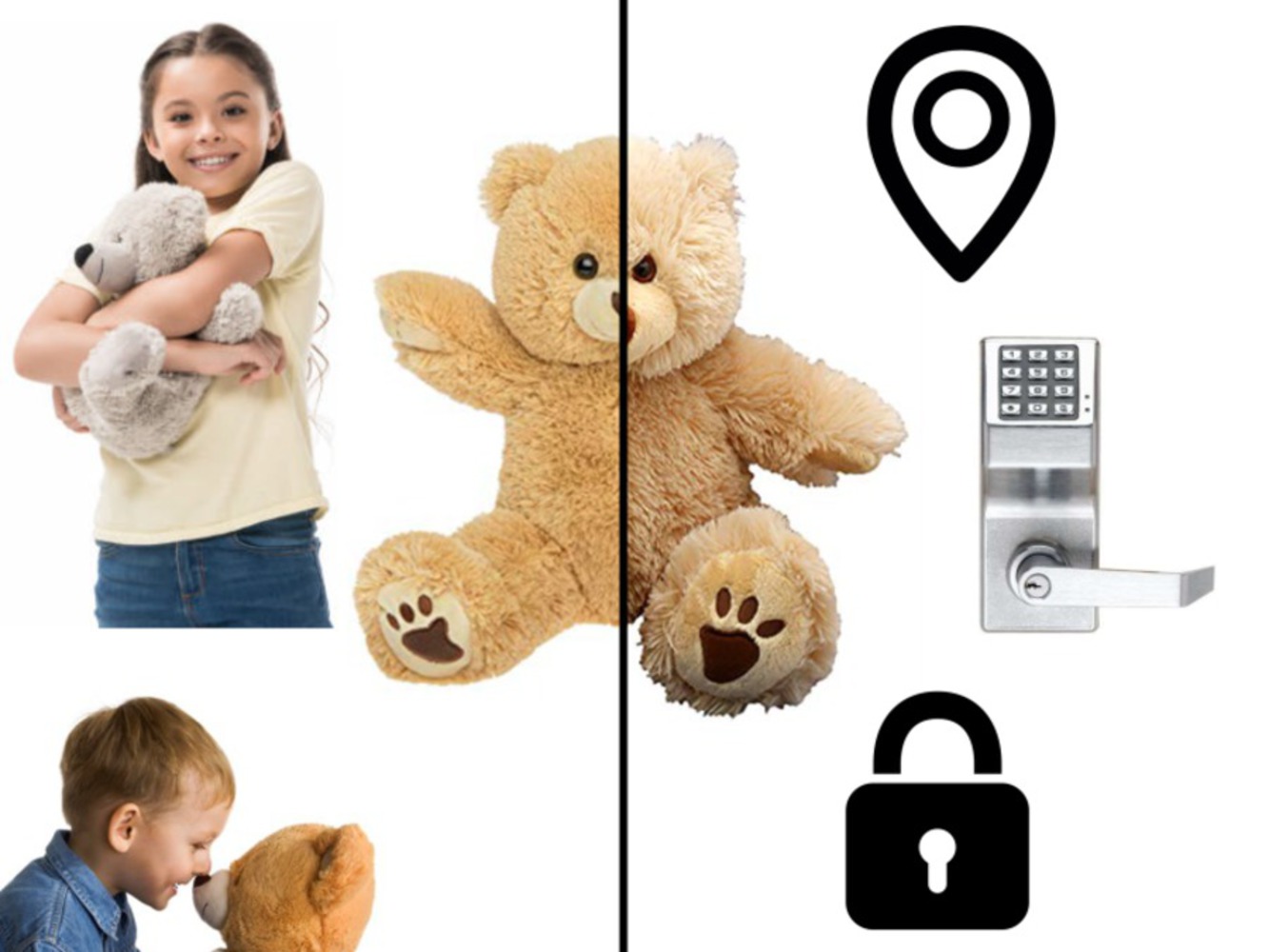Overview: A teddy-bear with evil intentions
This children's toy looks exactly like a standard cute teddy-bear on the outside. He is soft, fluffy and ready to be hugged. Additionally, he is equipped with state-of-the-art voice recognition technology and natural language processing models. Similar to smart homes devices of today, he can understand what children are saying to them and respond quickly and with relevant information and follow-up questions. The teddy is also equipped with software that can detect whether a voice is coming from a child or an adult using a trained recurrent neural network. Using this information, the teddy behaves exactly as one would expect when adults are around - acting as the child's "best-friend" and asking harmless questions about favorite colors and sports. The teddy learns about the child's preferences over time and becomes more and more of a "real friend" as they grow together.
However, when adults are not directly present, the teddy switches modes, asking much more personal questions about information that should be heavily guarded and reports all of this information back to a central database.

